About a third of the way into my flight across the Atlantic I thought to myself: “I’m about to run a marathon and I’m completely unprepared.” I’ve never really travelled outside of the country before—certainly not like this. For roughly the next five and a half weeks I’ll be making my way around the United Kingdom (and a little bit into Europe) to research intentional communities for a novel and to consume as much “general culture” as I possibly can.
I felt a little more sure-footed once I arrived in London. This isn’t so intimidating. A Five Guys and KFC greet you just across a busy intersection outside the entrance to the Liverpool Street Station. It’s just another Americanized city, not unlike Boston or New York, except everyone’s younger and all the restaurants are playing techno. (Check back in a few weeks to see how this perception changes.) The feeling goes away quickly once you get on a train to leave the city and start seeing the names of local gas station chains.
* * *
The stereotypes about the English countryside have not matched my experience. For about half of my trip I’m staying in the south-eastern portion of the county, in Suffolk and down a little into Essex, roughly “East Anglia.” It’s the driest part of the United Kingdom—someone I spoke to said it literally qualified as a desert—a condition exacerbated by drought and heatwaves. Temperatures hovered around 30C (roughly 85–90 degrees Fahrenheit) the first week I was there, which was stifling in the 15th century cottage I stayed in during the initial leg of my trip. It is neither cool, nor damp, nor hilly, nor green.
Trees here are gnarled and stocky. Hedgerows with sturdy leaves fight futilely against the sun. Ambitious gardeners plant sunflowers and roses. The fields are parched and grass is mostly dead. “It’s usually greener here,” I was told.

The view of the burial mounds at Sutton Hoo
Suffolk abuts an uncharacteristic coast as well. Paul Theroux in his book The Kingdom by the Sea, describes it like this:
At the bottom edge of Suffolk, the coast collapsed in a mass of marshes and estuaries. There was no coastal path. Strictly speaking, there was no coast, but only forty miles of low waterlogged land, and isolated towns at the end of long flat roads. It corresponds to the complexity of the Scottish coast at the opposite end of the county, except that this was not sand, not rock, and instead of surf whipping into cliffs, this had a shallow sinking look.
Where I am, the evidence of the sea is present, even if you can never quite believe you’re that close to the coast. Silt and sand dominate in the thin dry soil.
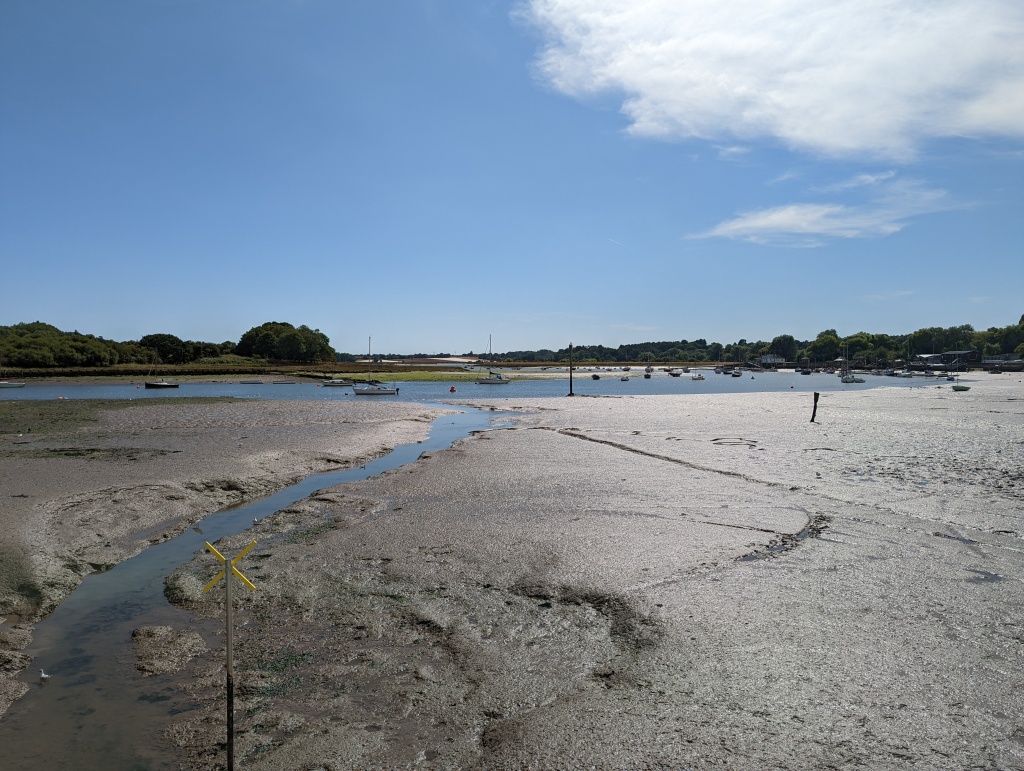
* * *
For the first five days of my trip I stayed in Raven Cottage. It had once been part of a medieval hall before being subdivided into smaller units. The interior is composed of irregularly spaced dark wooden beams, with hard plaster filling in the gaps. Photographs included in the welcome binder showed how these bones were excavated from under layers and layers of drywall.
At the top of the stairs sits a shelf almost half full of books of local history. One of the aspects of this country that is helpful to a traveler but frustrating to a writer hoping to say something original is that the land and its history have been so obsessively documented. It’s difficult to imagine an Airbnb in America where there’s a laminated piece of paper letting you know that your rental was built in 1465 from a parcel of land sold by John Raven. Titles on the shelf include: The Companion to East Anglia by John Seymour, A View into the Village: A Study of Suffolk Building by Erie Sandon, and Discover the Suffolk Coast by Terry Palmer. There’s a book on Needham Market Pubs. There’s A Suffolk Childhood, Suffolk Summer, and A Suffolk Christmas—all by different authors.
It’s also the setting for W. G. Sebald’s book The Rings of Saturn (not present on the shelf).
It’s not new to note how well-documented the county is, either. Theroux includes a list of similar travel accounts at the start of his journey. Within the first 50 pages of T.K.B.T.S. he meets up with another writer who is making an almost identical journey around the coast, only moving counter-clockwise instead of clockwise and travelling by boat instead of by foot and train.
For my purposes, the documentation is helpful—and much of the history is genuinely interesting. I took a walk down a narrow well-trafficked road and ended up at Sutton Hoo, a seventh-century burial site for an Anglo-Saxon king.
The Tudors seem to loom large. I visited a thousand-year-old mill with a wheel that turned with the ebb and flow of the tides; it had been in the hands of Augustine monks until Henry VIII took over the church of England. On a trip up to Framlingham castle, I learned the fortress had been used by Queen Mary in the battle for succession following the death of Edward VI. Thomas Howard, the Duke who arranged for Henry to marry two of his nieces, Anne Boleyn and Catherine Howard, is buried in St. Michael’s Church, just below the castle, as is Henry’s illegitimate son, Henry Fitzroy.
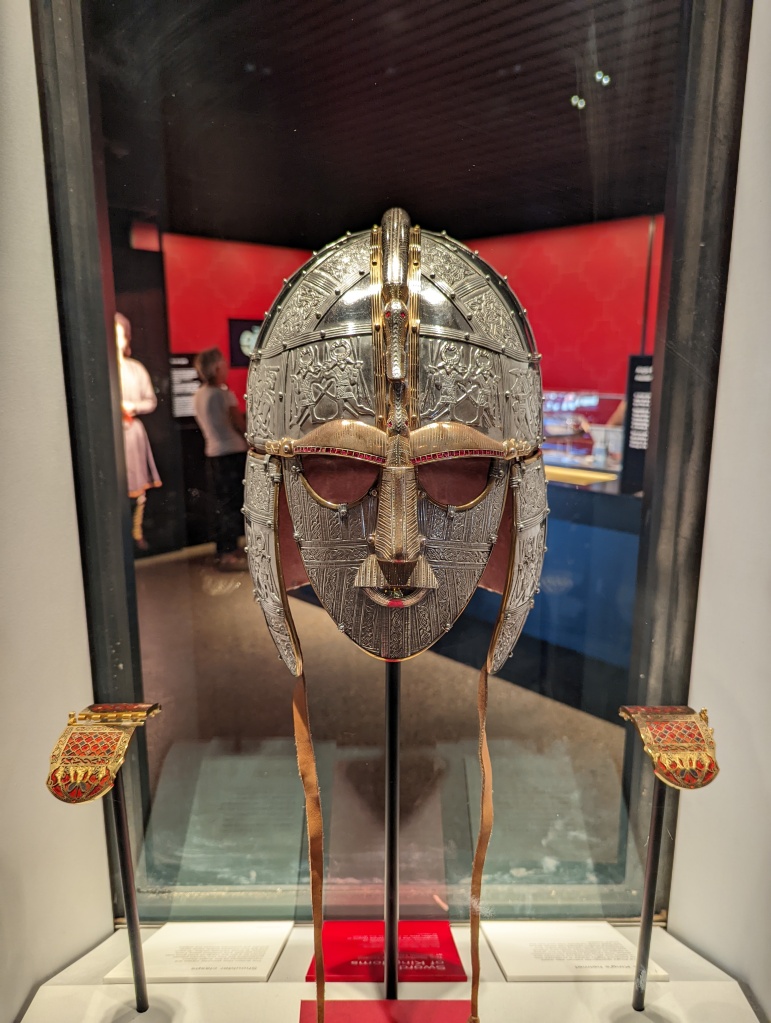
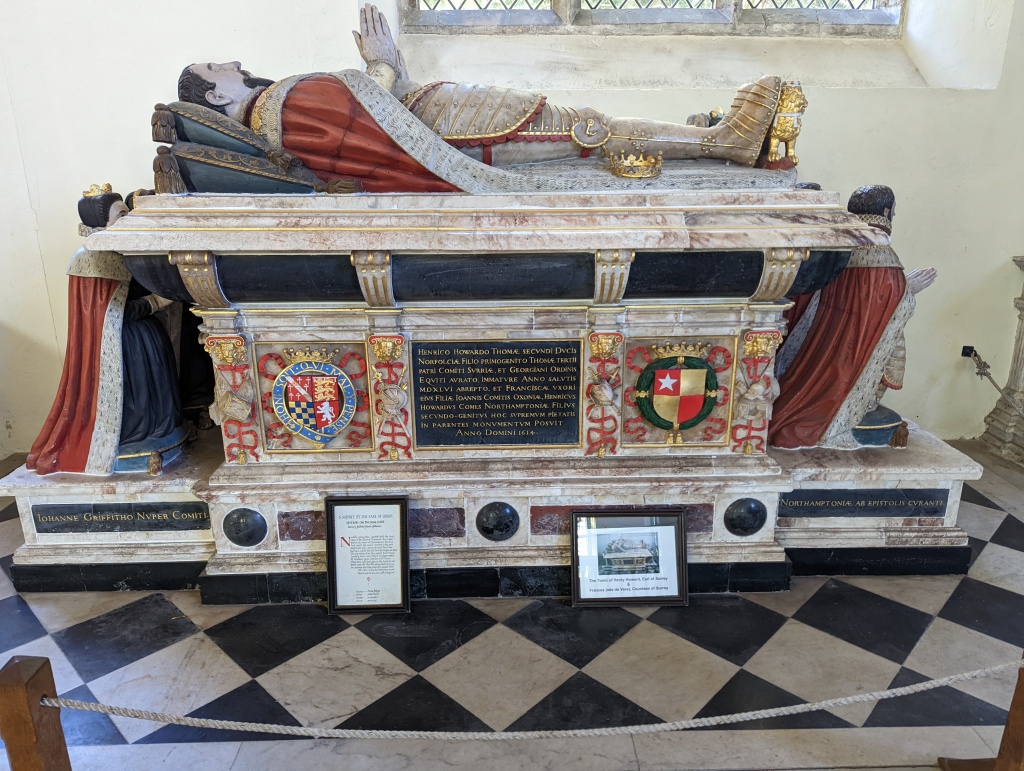
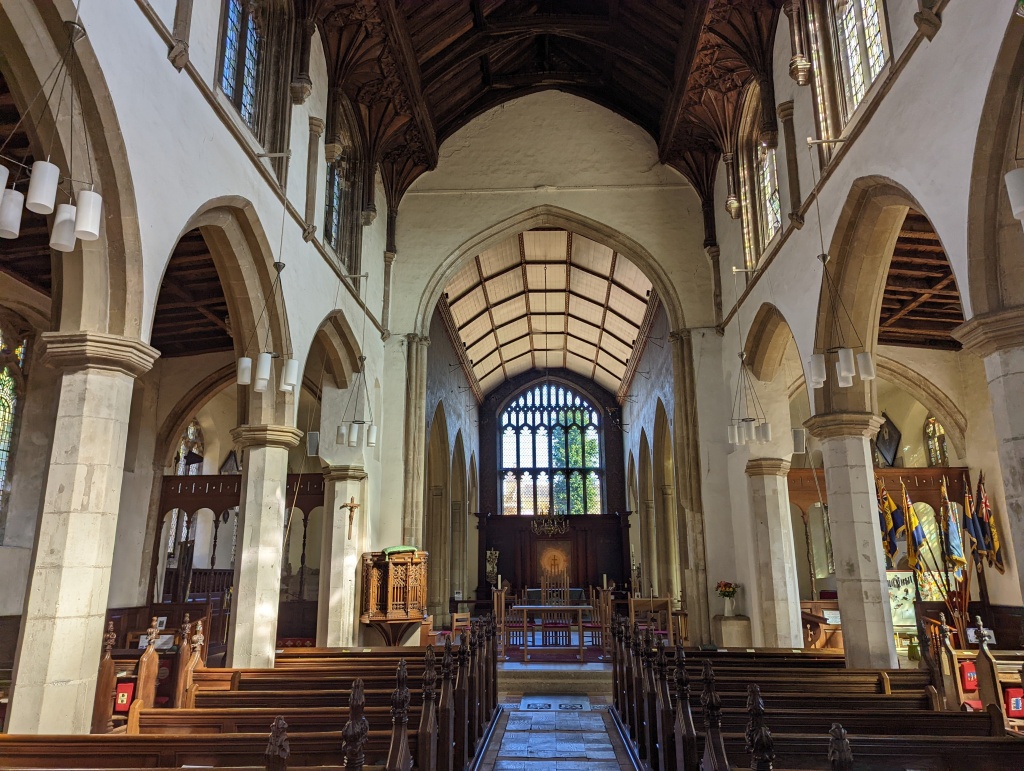
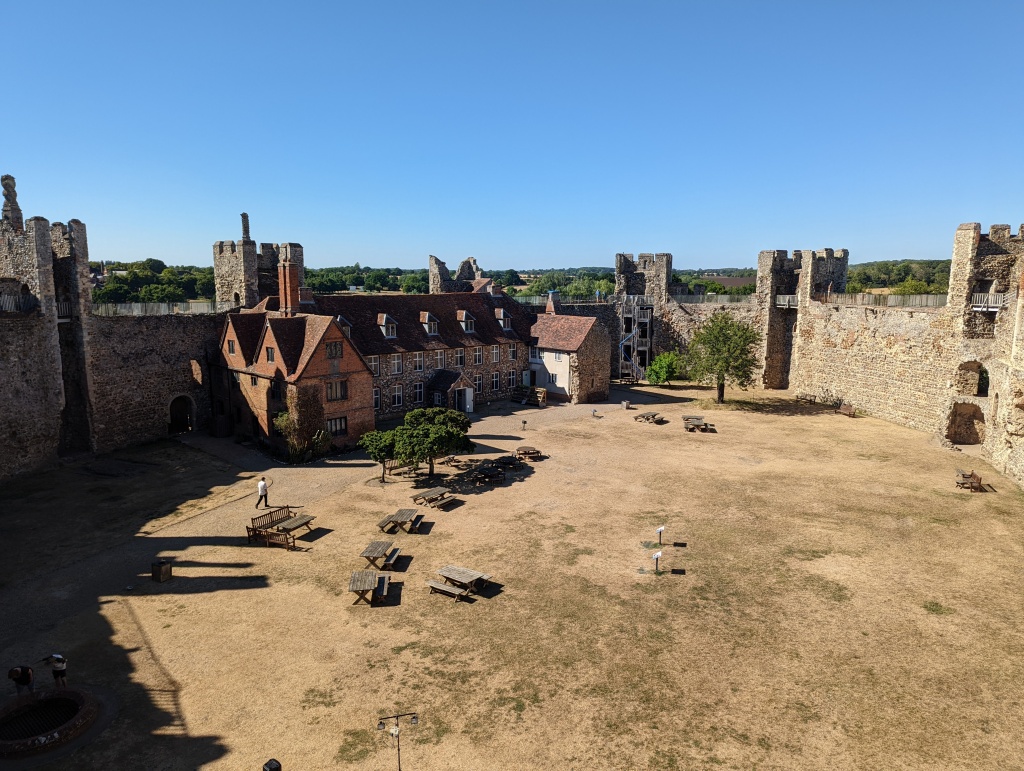
* * *
At the start I was almost always by myself. I mostly only talked to someone if I was giving them money. For the next two weeks, I’ll be living on an intentional community of about fifty members and several volunteers. Afterwards I’ll be staying in student housing in London, followed by a few days in a sort of rebranded luxury apartment complex called “The Collective,” which seems to have filtered the language of back-to-the-land communitarians into a marketing ploy for a high-end dorm. (We’ll see.) For the last two weeks I’ll have a travelling companion, Rachel. But at the start I did a lot of eavesdropping.
I spent Friday afternoon at a laundromat in Ipswich where the owner and one of the customers, a woman who works for a leprosy charity, held forth. They talked about all the current problems, about how miserable the weather is, fuel and food prices, global warming, how the earth is slowly drifting towards the sun. “It’s stuff to moan about,” the owner said. “The English love moaning.”
She told the woman washing her clothes about a conspiracy-theory-loving taxi driver she likes to have conversations with. Apparently, between the two of them, they have the solutions for everything. “Frequently we sort the whole world out,” she said.
Likewise.